Web 3.0 addresses the following cycle or period of the development of the web/web and possibly could be as troublesome and address as large a change in perspective as Web 2.0 did. Web 3.0 is based upon the center ideas of decentralization, receptiveness, and more prominent client utility. Berners-Lee had clarified upon a portion of these critical ideas, thinking back to the 1990s, as framed underneath: Decentralization: No consent is required from a focal power to post anything on the web, there is no focal controlling hub, thus no single place of failure and no ‘off button’ This likewise suggests independence from unpredictable oversight and observation. Base up plan: Rather than code being composed and constrained by a little gathering of specialists, it was created in full perspective on everybody, empowering most extreme investment and experimentation.3
In a 2001 paper, Berners-Lee talked about the idea of what he alluded to as the Semantic Web.6 Computers have no dependable method for handling the semantics of language i.e., sort out the genuine setting in which a word or expression is utilized. Berners-Lee’s vision for the Semantic Web was to carry construction to the significant substance of site pages and empower programming that would do refined undertakings for clients. Web 3.0 has moved well past the first idea of the Semantic Web as conceptualized by Berners-Lee in 2001. This is somewhat in light of the fact that it is extravagant and fantastically hard to change over human language-with all unobtrusive subtleties and varieties into an organization can be promptly perceived by PCs, and on the grounds that Web 2.0 has proactively developed significantly throughout recent many years.
Decentralization: This is a center precept of web 3.0. In Web 2.0, PCs use HTTP as exceptional web locations to observe data, which is put away at a proper area, by and large on a solitary server. With Web 3.0, on the grounds that data would be observed in light of its substance, it very well may be put away in numerous areas all the while and consequently be decentralized. This would separate the monstrous data sets presently held by web goliaths like Meta and Google and would hand more noteworthy control to clients.
With Web 3.0, the information produced by divergent and progressively strong registering assets, including cell phones, work areas, apparatuses, vehicles, and sensors, will be sold by clients through decentralized information organizations, guaranteeing that clients hold possession control. Trustless and permission less: notwithstanding decentralization and being founded on open source programming, Web 3.0 will likewise be trustless i.e., the organization will permit members to cooperate straightforwardly without going through a confided in mediator and permission less implying that anybody can partake without approval from an overseeing body. Thus, Web 3.0 applications will run on Blockchains or decentralized distributed networks, or a mix thereof-such decentralized applications are alluded to as daps.




